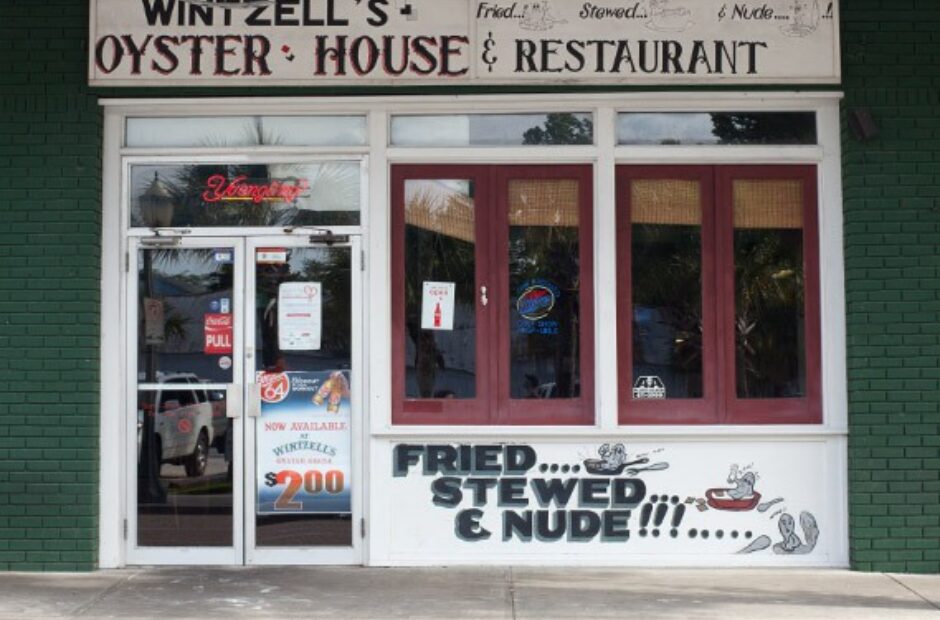


Note: This article was last updated September 29, 2016.
Alabama Gulf oysters are a crucial component of our seafood industry. Whether fried, grilled, scalloped, stewed, or raw, they’re a Gulf Coast favorite.
But their shells are important too. Especially for the future of Gulf oyster harvesting, both in coastal waters and on oyster farms.
There’s good news on that front. After grassroots oyster recycling efforts at the past two Hangout Oyster Cook-Offs yielded positive results, the combined efforts of the Alabama Coastal Foundation (ACF) and the Alabama Marine Resources Division (AMRD) caught the attention of the National Fish and Wildlife Foundation (NFWF) and yielded a grant to establish a shell recycling program for local restaurants.
“This program is important for the Alabama seafood industry because we’re providing habitats for potential oysters in the future,” said Beth Walton, ACF’s engagement coordinator for the oyster shell recycling program. “By putting these shells back into our local waters, the number of oysters available for future harvest could potentially increase.”
At the 2014 Hangout Oyster Cook-Off, Chandra Wright of the Mississippi-Alabama Sea Grant Consortium and Chef Chris Sherrill of the Flora-Bama Yacht Club led the effort to collect oyster shells. In 2015, those efforts expanded into a pilot program with a wider reach.
Now, thanks to the support of the NFWF, starting this fall, restaurants along the Mobile Bay Causeway like Original Oyster House, Bluegill Restaurant, Ed’s Seafood Shed, Felix’s Fish Camp, Half Shell Oyster House, and Ralph & Kacoo’s will be implementing oyster shell recycling. The program will expand to Gulf Shores and Orange Beach in the spring.
Once the oyster shells have been collected, they’ll be deposited at the AMRD headquarters to cure and season for about six months. From there, they’ll be placed back in the water to help grow new oysters.
The funds from the NFWF grant will go directly toward educating and training restaurant personnel about the program, as well as pay for oyster shell recycling bins for the shells and the shell collection services. There are also plans for a new statue on the Mobile Bay Oyster Trail to educate the public about the program.
Not only will this program help create new oyster reefs to help increase oyster harvesting, but participating restaurants should see cost savings as well thanks to reduced trash output.
“This program will bring attention to how important it is to get oyster shells back to the reef rather than build a landfill,” said David Dekle, co-owner of the Original Oyster House. “The program aligns with our core value of stewardship, and the program will enhance the oyster population, which we serve a lot of. We can make a different in our community.”
As you’ll learn from the ACF homepage, the benefits of this program are many, but the execution is quite simple on the consumer side.
When you’re at local restaurants along Alabama’s Gulf Coast in the near future, simply look for the signage that says they’re a participant in the oyster shell recycling program, or ask your servers. If they’re part of the program, you can feel good ordering a dozen or two and knowing that the shells will be going back in the water.
“This was the missing piece of oyster restoration what is now being implemented,” said Chris Blankenship, director of AMRD and program administrator for the Alabama Seafood Marketing Commission. “So many people and organizations have partnered to get this program off the ground, too many to mention, but this has been a true community effort. With all the partners and interest from the community, I am sure this program will be successful and self-sustaining in no time.”





